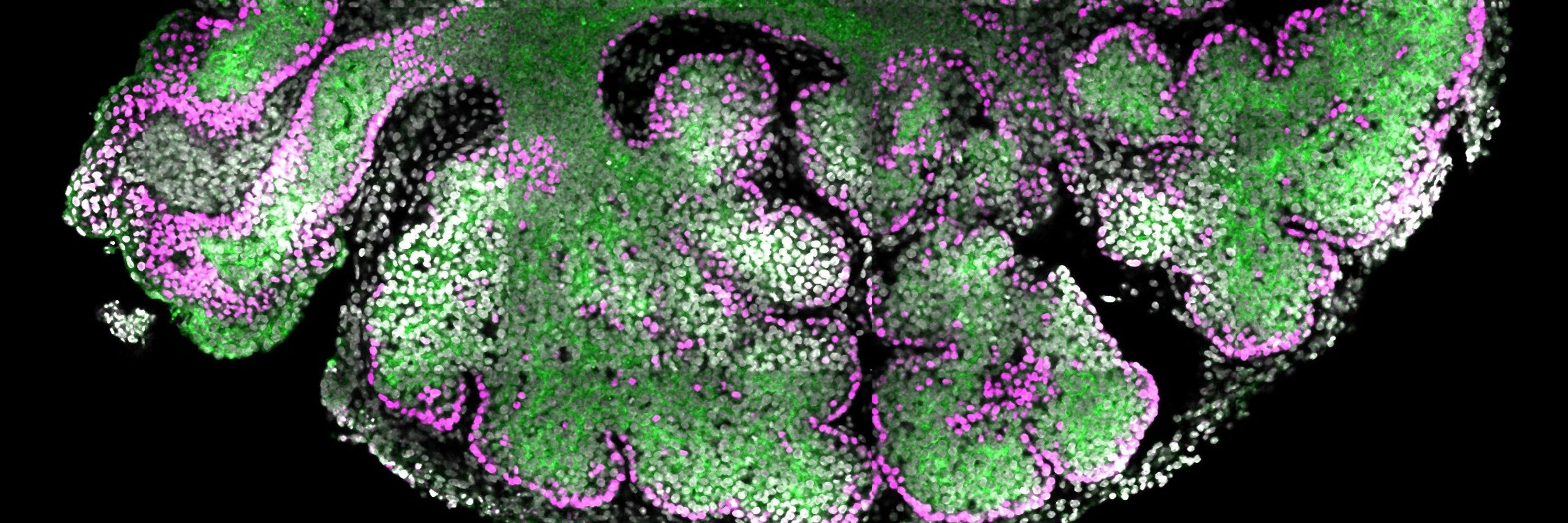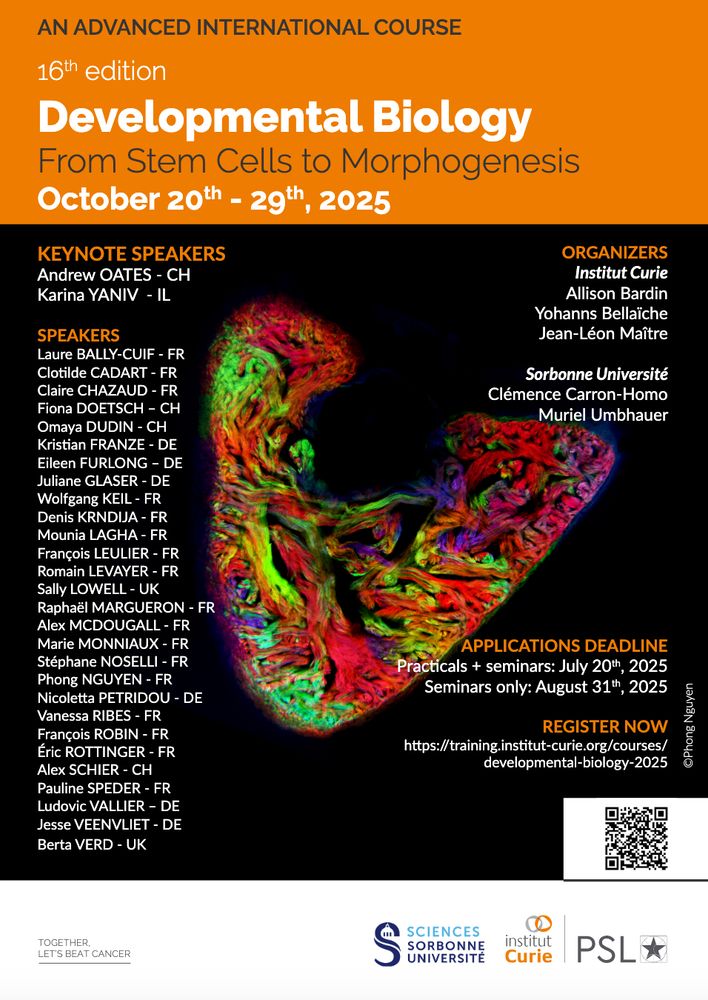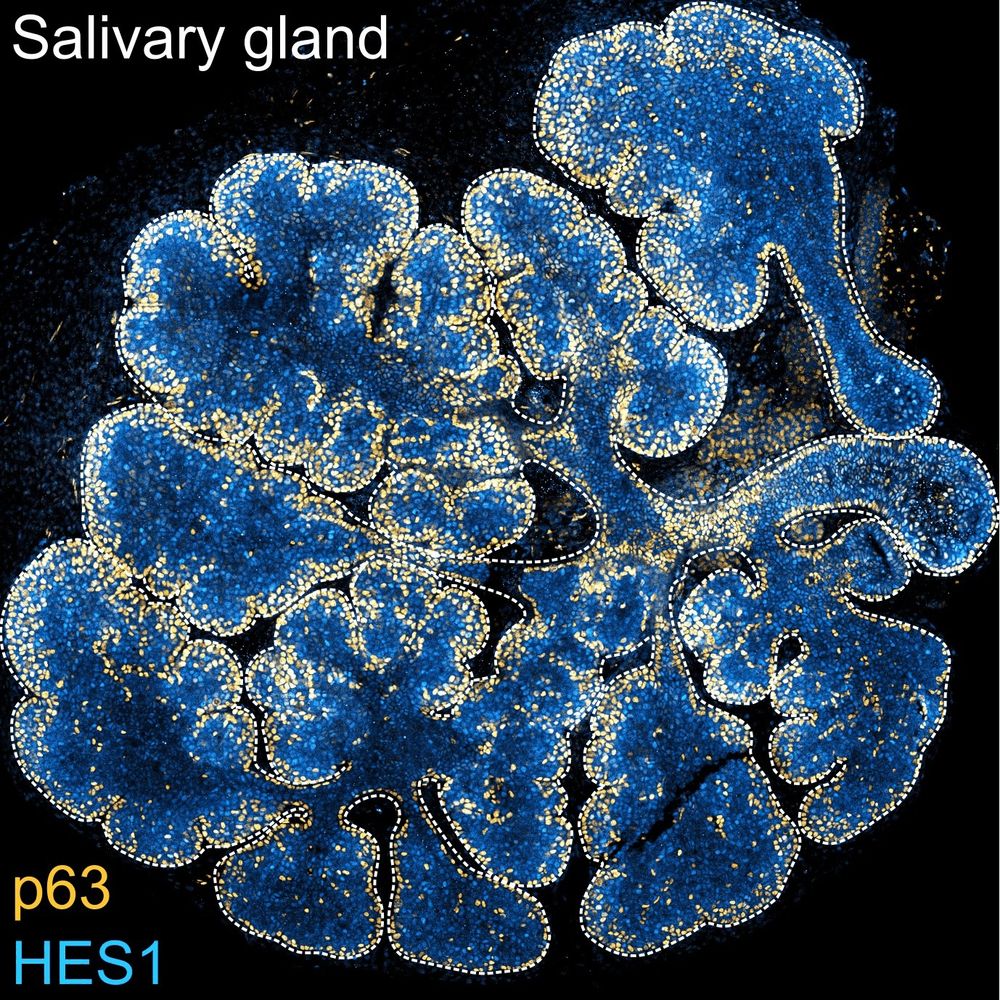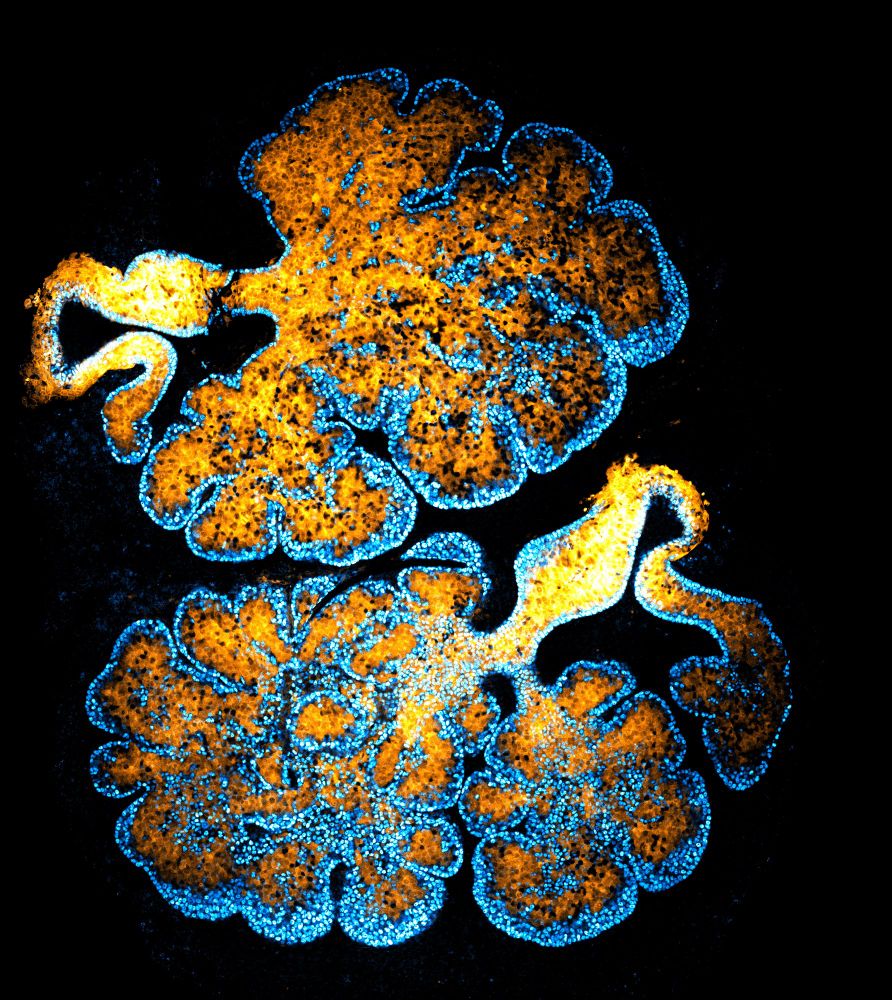Robin Journot 🔬| 🎾
@robinjournot.bsky.social
330 followers
160 following
17 posts
PhD student in the Fre lab at @institutcurie.bsky.social
Tissue morphogenesis & Fate specification in epithelia.
Organoid and live imaging.
Alumni AgroParisTech & ENS Ulm
Posts
Media
Videos
Starter Packs
Pinned
Reposted by Robin Journot 🔬| 🎾
Reposted by Robin Journot 🔬| 🎾
Reposted by Robin Journot 🔬| 🎾
Cornelia Schwayer
@cschwayer.bsky.social
· Jan 15
Reposted by Robin Journot 🔬| 🎾
Hani Goodarzi
@genophoria.bsky.social
· Dec 5
Vevo Therapeutics to Release World's Largest Atlas of Single-Cell Transcriptomic Data, Tahoe-100M, to Map How Drugs Impact Patient Cells and Accelerate Discovery of New Drugs
/PRNewswire/ -- Vevo Therapeutics, a biotechnology company using its Mosaic technology and next generation AI to uncover better drugs for more patients,...
www.prnewswire.com










